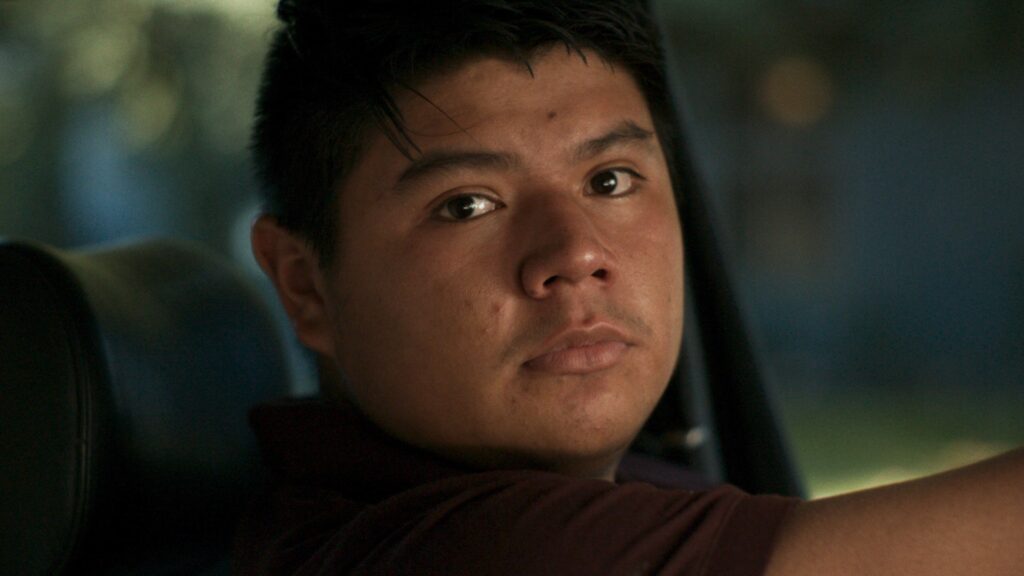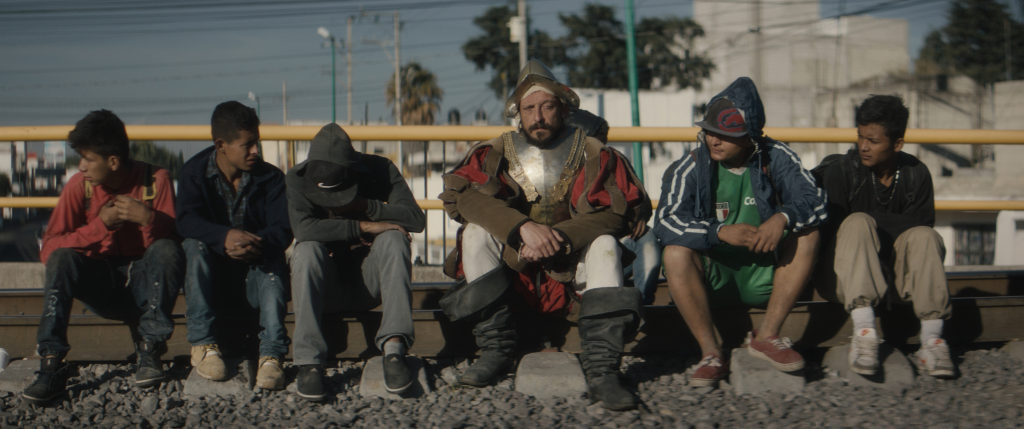
In the documentary Sansón and Me, director Rodrigo Reyes explores how an unremarkable 19-year-old living a decidedly non-monstrous existence could be locked up for life. Reyes, one of our most imaginative filmmakers, has a day job as a courtroom interpreter and met his titular subject at his California trial. Sansón, a Mexican immigrant, although apparently not the triggerman, was convicted of a murder and sentenced to life without the possibility of parole.
Reyes travels to Sansón’s hometown, a modest fishing village between Puerto Vallarta and Acapulco and enlists Sansón’s family members to re-enact pivotal moments in Sansón’s childhood. It turns out that the family has more than its share of troubles and that the village is less than idyllic. Reyes then uses local, non-professional actors, to depict Sansón’s sojourn in California’s Central Valley, up to the killing in the grubby agricultural town of Dos Palos. It doesn’t take Sansón very long to get in the wrong place at the wrong time.
Sansón made a bad decision and was also profoundly unlucky. For that, the remaining decades of his life have been discarded by the state, which Reyes paints as an unfathomably disproportionate consequence.
Two years ago, Reyes invented his own genre of documentary in 499, what I call a “docu-fable” because it is all as real as real can be (the documentary), except for a fictional, 500-year-old conquistador (the fable). That movie’s title reflects a moment 499 years after Cortés’ conquest of the Aztecs in 1520; the conquistador and the audience discover that the dehumanization inherent in colonialism has persisted to plague modern Mexico – essentially the legacy of Mexico’s Original Sin. I’m hoping that Reyes’ permanent day job becomes filmmaker.
Sansón and Me is rolling out in theaters and plays the American Cinematheque on March 24.

